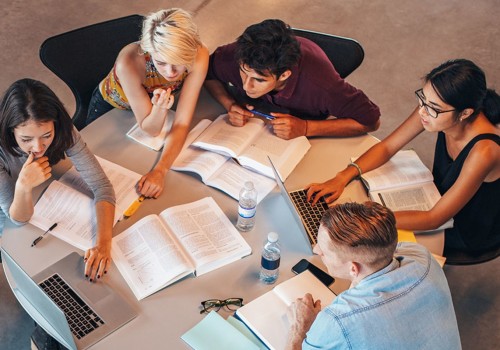Kinesthetic learning strategies are a great way to help students engage with their education and become more successful in the classroom. Kinesthetic learning involves physical activity, such as hands-on activities or demonstrations, to help students understand and remember the material. This type of learning style allows students to interact with the material in a more meaningful way and can make the learning process easier and more enjoyable. In this article, we will discuss the benefits of kinesthetic learning strategies and provide tips and techniques on how to successfully implement them in the classroom.
Kinesthetic learning strategies
can be used in any subject area, including language arts, mathematics, science, and social studies.These strategies can also be used to help learners with special needs. Kinesthetic learning strategies involve activities such as writing in the air or on surfaces, using physical objects to represent concepts, engaging in movement activities, and using visual aids. These strategies can help learners retain information better and improve their understanding of a given topic. When using kinesthetic learning strategies, it is important to ensure that the activities are age-appropriate.
Younger learners may need more guidance when it comes to movement activities, while older learners may be able to take more initiative and come up with their own creative ways to use kinesthetic learning strategies. It is also important to ensure that learners are comfortable with the activities and that they understand the purpose of the activity before it begins. This will help ensure that learners are engaged with the activity and are more likely to benefit from it. In addition to offering tips on how to use kinesthetic learning strategies effectively, this article will also discuss how teachers can identify when these strategies might be appropriate. For example, teachers should look for signs of boredom or confusion in their students that may indicate that a kinesthetic approach would be beneficial.
Additionally, teachers should keep an eye out for learners who might be struggling with a particular topic or concept and could benefit from a kinesthetic approach. Finally, this article will provide suggestions for activities that can be used as part of a kinesthetic learning strategy. These activities can range from using physical objects to represent concepts to engaging in movement activities such as writing in the air or on surfaces. Examples of activities that can be used as part of a kinesthetic learning strategy include: using a flashcard game; drawing pictures or diagrams; acting out scenarios; role-playing; and using tactile materials such as playdough or clay. Kinesthetic learning strategies can be an effective way to help learners retain information better and improve their understanding of a given topic. By engaging the learner’s body in meaningful activities, these strategies can make the learning process more meaningful and enjoyable.
Additionally, teachers should look for signs of boredom or confusion in their students that may indicate when these strategies might be appropriate. With proper guidance and instruction, kinesthetic learning strategies can be effective tools for educational success.







